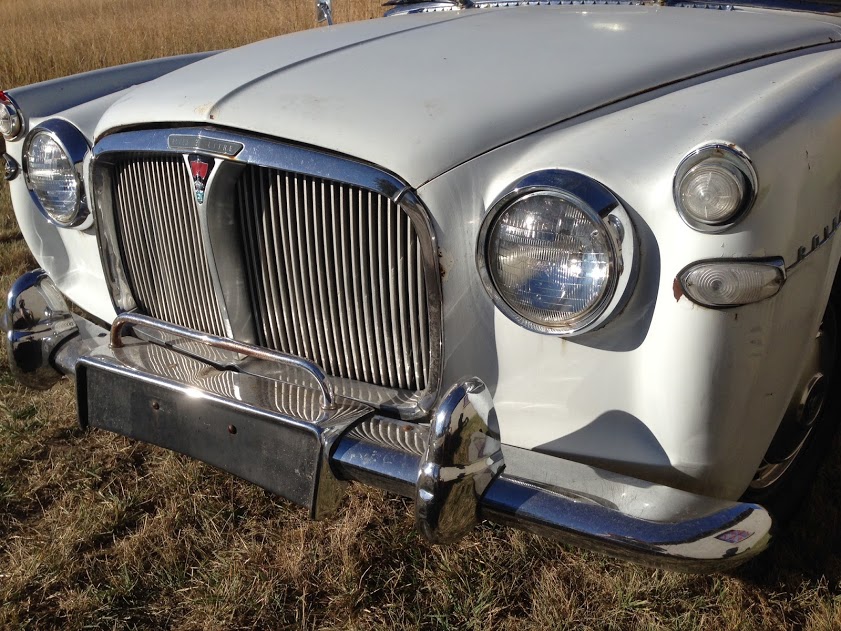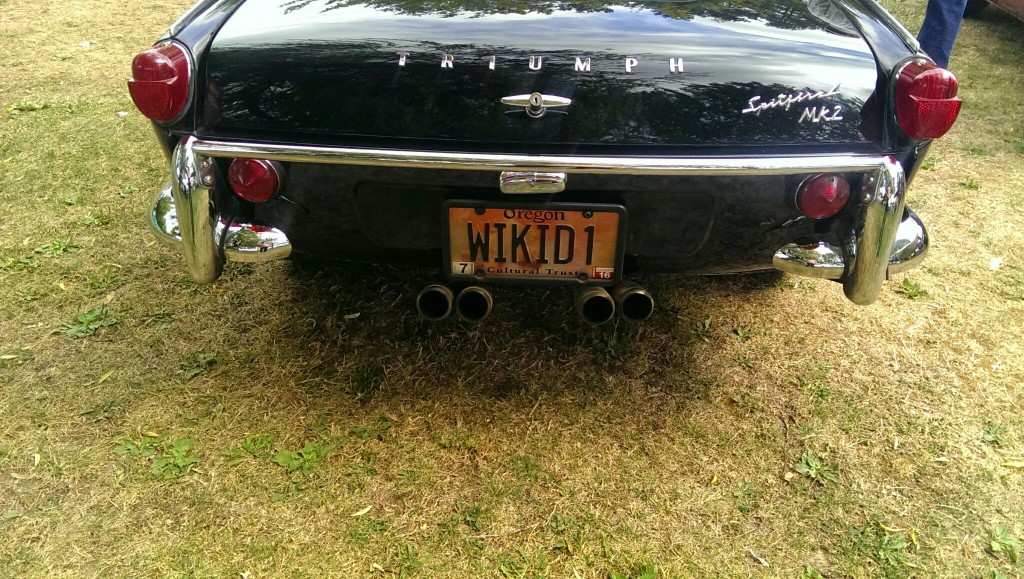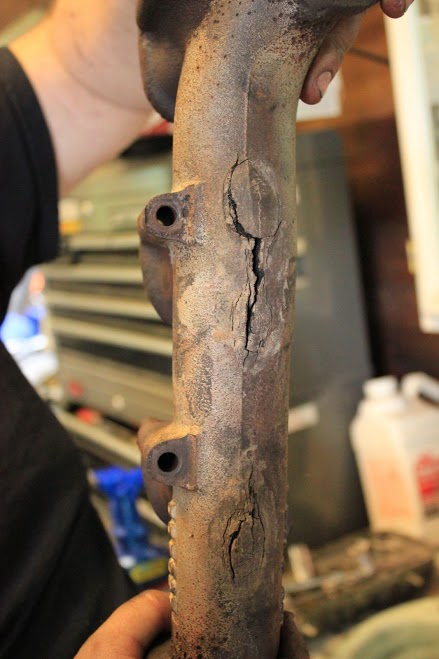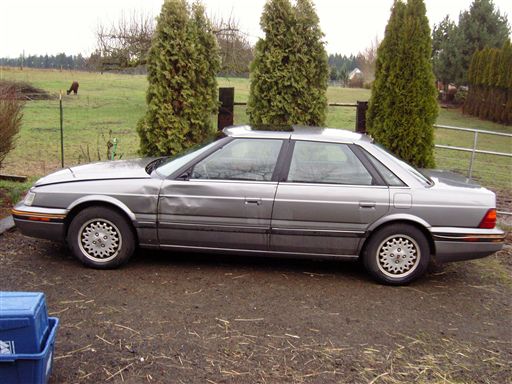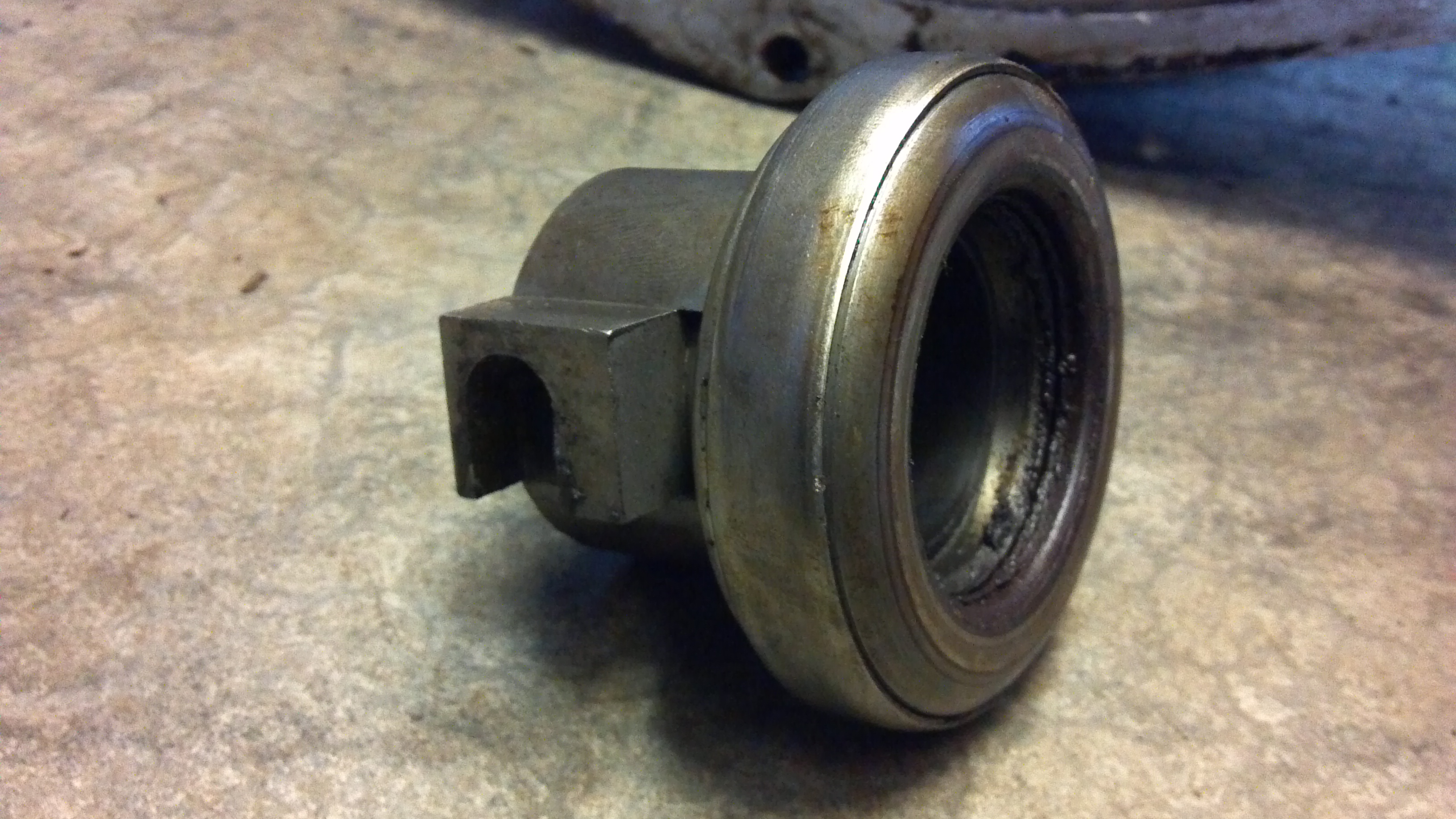….then surely it can come sit in my barn?
After having a (comparatively) massive clearout over the last few months, I found this gem waiting for me a few weeks ago. It’s a 1965 Rover P5 3 litre coupe, and it’s now mine. The P5 was a strange car, being technically both backward and amazingly forward-looking at the same time. If you look past the leaf springs and ancient 6cyl engine, you find the first seeds of things that eventually made up the P6.. driver safety was just becoming a factor and the whole concept of easily-replaceable panels is sort-of there.
OK, perhaps the title is slightly misleading – the Queen had a P5B sedan, but it’s not that different. The P5 coupe is only a coupe in the “streamlined and slightly chopped down” sense of the word; it’s still got four doors and it’ll still seat four cigar-smoking adults in very British comfort.
This photo doesn’t really do justice to the sheer size of this thing. The P6 looks quite svelte in comparison; the P5 is built like a tank and is – coincidentally – also rather like driving one. For a ’60s British car, it’s positively massive. It doesn’t quite dwarf the Jaguar 420 that’s currently sitting next to it, but it’s much bulkier.
This particular car has lived in the sunny NW most of its life, and it’s been off the road for about eight years.. which is (almost) nothing. However, the fancy dual fuel pump has seized and it looks like it’s been resprayed as part of a playgroup of three year olds’ summer project.
However… some day soon……!
